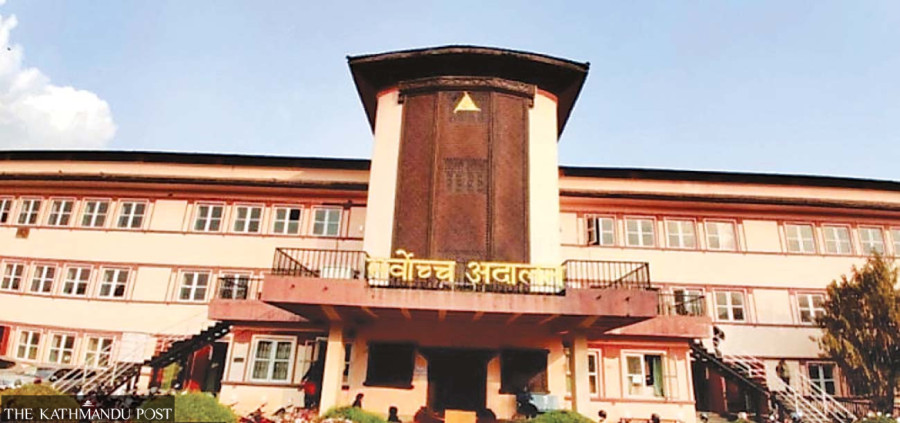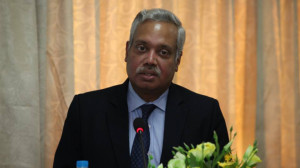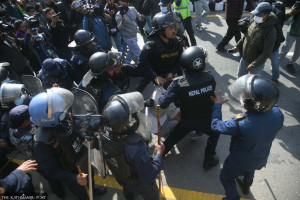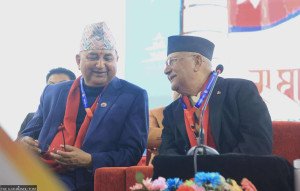National
Justices divided over how to form Constitutional Bench
Senior justices at the Supreme Court demand Raut withdraw his lottery proposal and stick to existing seniority-based system.
Binod Ghimire
Tensions between the chief justice and senior justices of the Supreme Court are deepening over the formation of the constitutional bench, prompting a group of lawyers to draw their attention to ending the deadlock.
The country’s top court has been divided sharply after Chief Justice Prakash Man Singh Raut in July came up with the plan to constitute the bench by drawing lots.
In a full court called to review the works in the third week of July, Raut presented a proposal to adopt a lottery system to select the justices for the bench. While junior justices welcomed the idea, senior justices including Sapana Pradhan Malla, Kumar Regmi and Hari Phuyal stood against it. They took the proposal as an act of distrust in them.
As a result, the bench which has responsibility to interpret the constitution and resolve the dispute between different tiers of government, has been non-existent for over a month. The last time the five-member bench heard the cases was on July 9.
“We drew the attention of Chief Justice Raut and Sapana Pradhan Malla on the deadlock in constituting the bench and other issues,” senior advocate Dinesh Tripathi, also the former chair of the Constitutional Lawyers’ Forum, told the Post. Along with Tripathi, forum chair Om Prakash Aryal, former chairs Lalit Basnet and Tikaram Bhattarai, among others, were present in the meeting.
Raut, according to a lawyer present in the meeting, said that he was working to resolve the matter urgently. “The chief justice said the issue will be resolved without further delay,” the lawyer said. Senior justices have demanded Raut withdraw his proposal from the full court and continue the ongoing practice.
“The senior justices are firm that the bench must maintain seniority as per the spirit of Article 137(1) of the constitution, a report by Hari Krishna Karki, former chief justice, and the recommendations from the Nepal Bar Association,” said a source at the top court.
“The maximum flexibility, they say, the chief justice can exercise is to select the justices from the roster but it would be unconstitutional to opt for a lottery system in the constitutional bench.”
Article 137 (1) envisions a five-member bench led by the chief justice. Four other justices are chosen by the chief justice from the roster of the senior most justices in consultation with the Judicial Council.
Chief Justice Raut, according to an official at the court, argues that since judges for other benches are already selected through lottery, a different process should not be adopted for the constitutional bench. He maintains that the lottery system is necessary for greater transparency and credibility in the bench formation process.
A full court of the Supreme Court in November 2021 had endorsed a draft regulation and a directive to adopt a lottery system to assign cases to justices, marking an end to the prerogative enjoyed by the chief justice to prepare the cause list.
When Supreme Court justices worked under then-chief justice Cholendra Shumsher Rana, one of their demands was that cases should be assigned to benches through a lottery system. The provision came into effect from January 2022. It broke a longstanding tradition allowing the chief justice to assign benches in the 21-strong court.
While the rift between the two groups of justices continued, the Supreme Court Bar Association issued a statement supporting the lottery system for the constitutional bench, and its president publicly expressed personal support for the idea. However, Nepal Bar Association has not made its position on the matter.




 7.12°C Kathmandu
7.12°C Kathmandu





.jpg&w=200&height=120)









